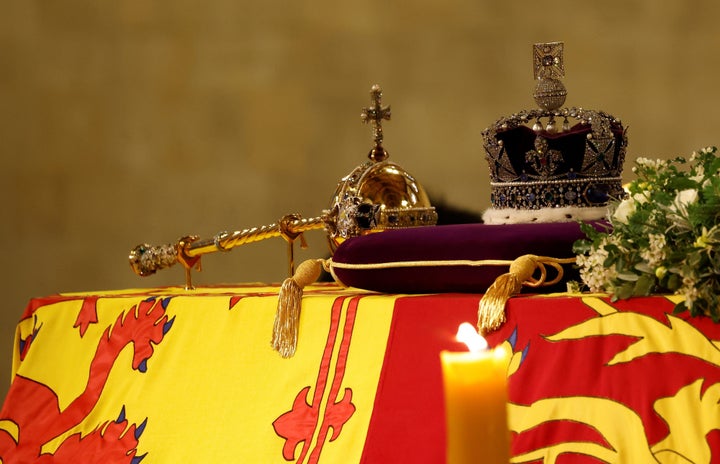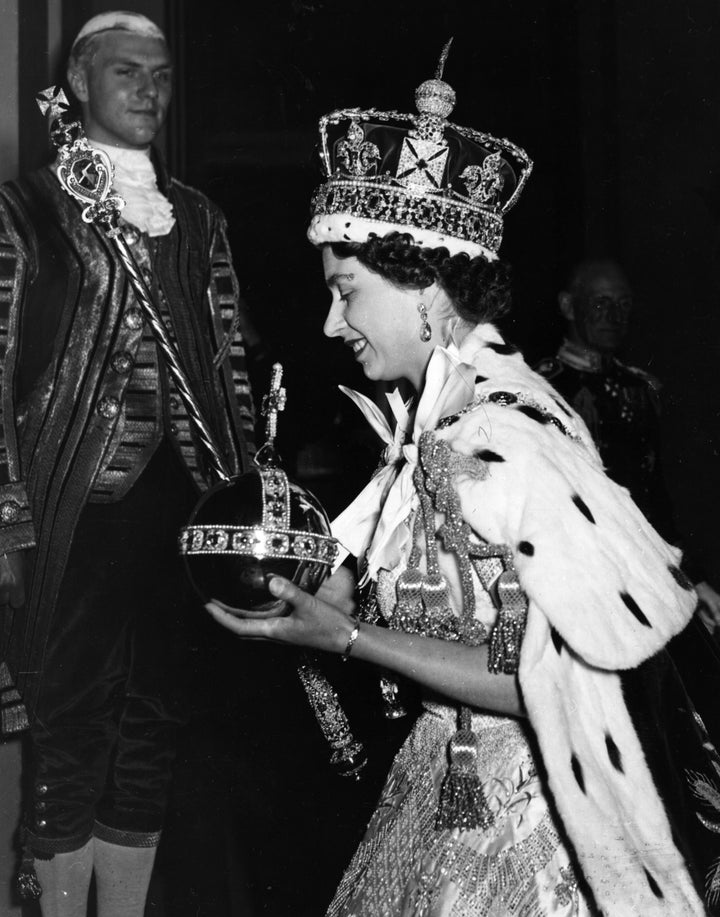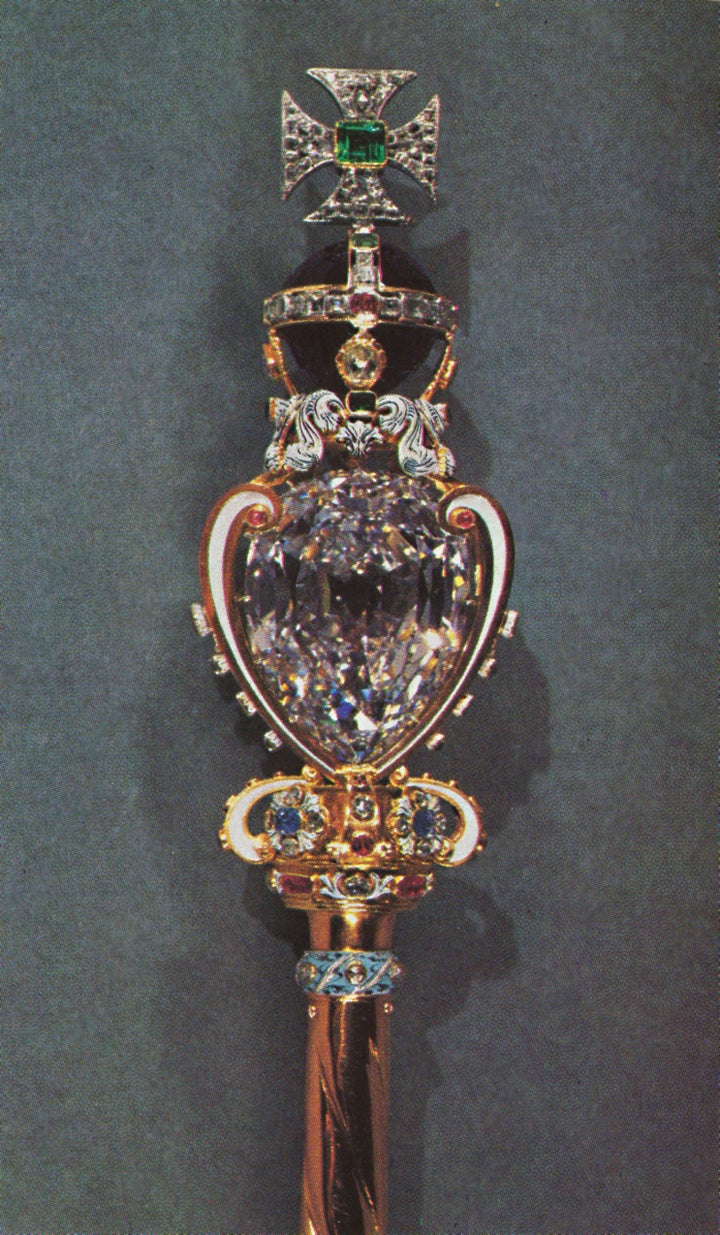
The death of Queen Elizabeth II has triggered former British colonies to call for the royal family to return some of the world’s most famous jewels.
When the British Empire was expanding and acquiring colonies, precious stones (among other invaluable possessions) were taken back to Britain, and presented as souvenirs, or the spoils of war.
Now, as the Queen was seen as one of final connections to the UK’s imperial past, these countries want their jewels back.
To make matters more difficult, these stones are actually embedded within the crown jewels, and have been put on display repeatedly for this period of national mourning.
Here’s what you need to know.
South Africa
There are renewed calls for the UK to return the world’s largest known clear-cut diamond, the Great Star of Africa also known as Cullinan I, now the centre piece in the Queen’s sceptre.
This stone was actually just one part of the much larger Cullinan diamond, which was discovered in South Africa in 1905 when the British ruled over the country. It was the largest uncut diamond ever discovered at 3,106 carats, weighing slightly over a pound.
It was then cut into nine major stones and 96 smaller ones, including the 500-carat Great Star of Africa.
Another stone from the large diamond is also part of the crown jewels – the Cullinan II or Second Star of Africa sits on the front band of the Imperial State Crown.
But, it’s the Great Star of Africa that has drawn the most attention.

More than 6,000 people have now signed a petition asking for the Great Star of Africa to be sent back to its supposed place of origin and put in a South African museum.
Many also suggested that the country’s president President Cyril Ramaphosa should have asked for the stone to be returned, rather than offering his condolences overt the Queen’s death.
The South African media has been debating the gem’s ownership too, and calling for reparation payments.
Activist Thanduxolo Sabelo told local media: “The Cullinan Diamond must be returned to South Africa with immediate effect. The minerals of our country and other countries continue to benefit Britain at the expense of our people.”
A member of the South African parliament Vuyolwethu Zungula also called for his government to “demand reparations” and demanded the “return of all the gold, diamonds stolen by Britain” on Twitter.
He pushed for South Africa to leave the Commonwealth too, and draft a new constitution based on the “will of the people of South Africa”.
South African formally became part of the British Empire in the early 19th century, and only became independent in 1931.

India
India – ironically once called the ‘Jewel in the Crown of the British Empire’ – has now started calling for its own jewel, in one of Britain’s crowns, back.
The Koh-i-noor weighs around 105.6 carats, and is thought to have been discovered in southern India in the 1300s.
But, it is currently sitting at the top of the Queen Mother’s crown, which was first made back in 1937 for her coronation as King George VI’s Queen consort.

The UK got the Koh-i-noor when the East India Company took the jewel from the deposed 10-year-old Maharaja Duleep Singh in 1849, as part of the Treaty of Lahore.
But, due to the stone’s elaborate history, people from all over the world have tried to claim it as their own – it has passed through Mughal emperors, Iran, Afghanistan and Sikh maharajas over the years.
According to ABC News, the jewel was said to be “cursed for men”, and so was first worn as a brooch by Queen Victoria, before being placed into separate crowns for Queen Alexandra and Queen Mary.
It is currently on display in the Queen Mother’s crown in the Jewel House at the Tower of London. Some reports suggest it will be worn by Queen consort Camilla when King Charles is crowned.
India was officially placed under British Crown rule in the 19th Century, and it did not become independent until 1947 – a moment now widely considered the beginning of the end for the entire British Empire.

So, will the stones be returned?
The Palace has not openly acknowledged these calls for the jewels to be returned.
But, the changeover from the Queen to her successor King Charles III has prompted a wide range of questions about the royal family’s legacy.
So, acknowledging the origins of the some of the royal jewels could potentially be addressed in the future – especially as more Commonwealth nations are considering removing the monarch as their head of state.
The exact values of these stones is also unclear, although their history means they would be worth a fortune.
